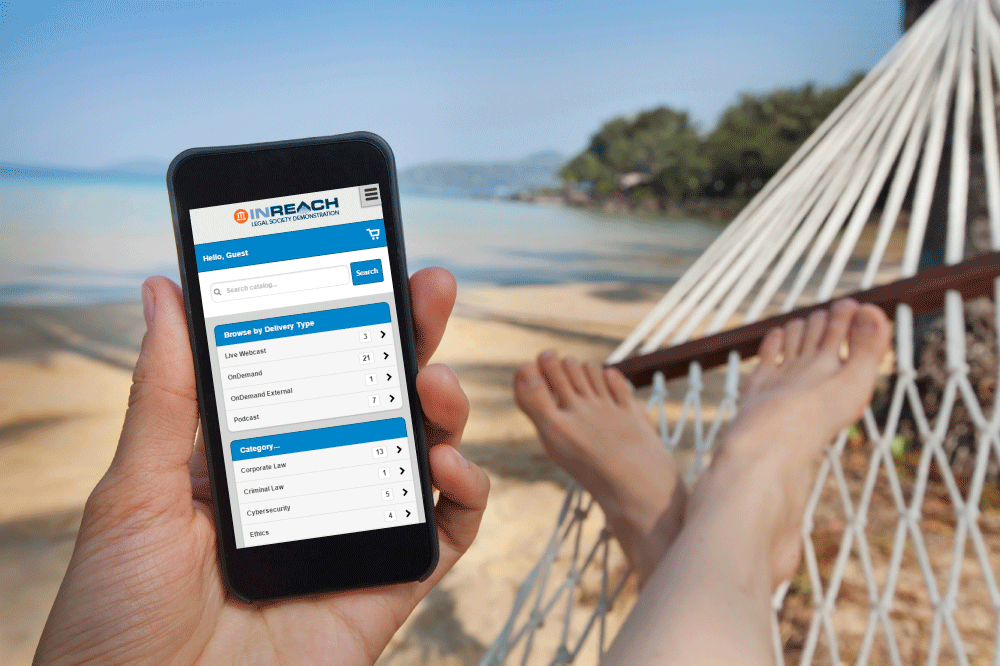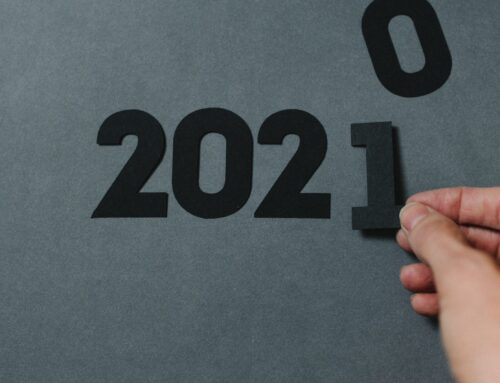These days M-learning, or mobile learning is a big buzz word in the online education field, and many organizations are scrambling to create an m-learning strategy. In a previous post we offered some tips on when and how to develop your m-learning strategy.
Today, we’re going to focus on another aspect of mobile learning—one that does not receive as much attention—a mobile catalog. Here are InReach we recognize that the ability to quickly find relevant content increases sales and overall learner satisfaction. In order to make the browsing experience as intuitive and easy as taking a course, we’ve developed a robust ecommerce platform that leverages best practices to create a catalog designed to drive registrations and sales.
How does all this relate to mobile learning you ask? Well, it’s not enough that your learners are able to take courses via a mobile device, they should be able to easily find and purchase that content as well.
Imagine this scenario. Your learner is on vacation, and decides to be extra good and knock out some mandatory CE. Wanting it to be a true vacation, they have left their laptop at home, and now have to endure the “pinch and scroll” agony of trying to make a non-responsive site work on their smartphone as they search for relevant CE content. How long do you think their good intention of completing some mandatory CE will last? I give them three resize pinches before they give-up and download the latest audiobook instead. That’s a lost sale for you, and a dissatisfied customer who is less likely to return to your site.
Now imagine this scenario if you are using InReach as your CE provider. Your vacationing learner pulls up your organization’s catalog. The system automatically recognizes they are on a mobile device and delivers content in a mobile friendly manner. Your learner is able to quickly browse and purchase the CE they need. They grab their mobile device and beach bag and head out the door, content in the knowledge that not only are they improving their tan, but they are improving their mind, all thanks to your easily accessible CE content.
So whether or not you have a formal m-learning strategy, you need a mobile friendly catalog. Not only are more and more consumers going online to shop for and take their CE, they are doing so across a variety of devices. And with Google lowering the SEO rankings of sites that are not mobile friendly, organizations are at risk of jeopardizing their carefully cultivated SEO rankings if they do not embrace this change1. So ensuring your content is accessible on a PC, smartphone, or anything in between will help keep your sales up and your learners happy. For more about the move to mobile, register for our upcoming webinar on July 22nd.






